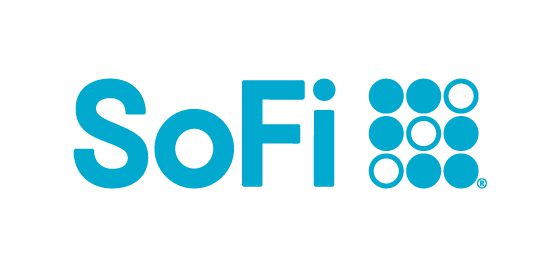
Last week I chatted with Mike Cagney, CEO of SoFi, to talk about recent developments with their student loan platform. For some background on SoFi you should read my profile of the company from late last year. Quite a lot has changed since then.
After doing a pilot program at Stanford University in the fall of 2011, SoFi launched more broadly in April of last year. Since then they have issued just under $200 million in loans to around 2,500 borrowers. These borrowers are typically MBA graduates or other degree-holders looking to refinance their student loans at a lower interest rate.
The First Securitization in the Industry
One of the biggest changes happening at SoFi right now is the launch of their securitization product. This deal is still being put together but when it closes it will be the first securitization in the online lending industry. So how will this work? Basically, SoFi is working on a $180 million credit facility that will be combined with $20 million of investor money to create a $200 million pool. In effect, investors in SoFi can receive a 9:1 leverage on their investment by participating in this pool.
SoFi is giving existing alumni investors the option of whether to participate or not. Most are choosing to do so. Why? With this leverage comes the possibility of earning double-digit returns whereas right now returns are in the low to mid single digits. While this is certainly higher risk Cagney said there was been tremendous demand for this product. The slice of the equity pie (the $20 million) that was assigned to institutional investors has been significantly oversubscribed.
With any leverage comes additional risk. And with 9:1 leverage it will not take many loan defaults for investors to be impacted dramatically. But Cagney is very confident in his base of borrowers.
A Very Attractive Borrower
The average borrower at SoFi is very different from the average borrower at Lending Club and Prosper. They have a 760 FICO (similar to a Lending Club A1 borrower), have six figure incomes with $4,100 in monthly free cash flow and are 29 years old. These people pay off their student loans far more quickly than the average and then they move on to the next stage of their lives.
These borrowers are about as good a bet as you can get today when it comes to consumer lending. We can already start to see this in the delinquency numbers. Of the nearly 2,500 borrowers who have refinanced their student loans with SoFi since inception just one borrower is currently late and no defaults have been experienced. Of course, the loan portfolio is still very young with the oldest loans around two years old but it does give investors some comfort that the underwriting is solid.
If any of their borrowers do get into trouble with their loan SoFi will provide some real and tangible help. Just this month they have announced the hire of a career transition expert so if a borrower loses their job SoFi will actively assist them in finding a new one. It certainly is a novel approach to collections and one that will likely win the approval of any borrower who is unfortunate enough to need it.
An Official Credit Rating
With this $200 million securitization SoFi is seeking an official rating from one of the large credit ratings agency. This is still in process but Cagney is confident of receiving a single-A rating which he said would open the doors to insurance companies as buyers.
Once the first securitization deal is closed he expects these to be issued every quarter. This will give investors options. They can invest in the low risk unlevered fund at a 5% coupon rate with accompanying modest returns or in the levered fund where returns are expected to be in the low double digits.
A $40 Billion Addressable Market
SoFi is not focusing on the entire student loan market, just one subset of it. Cagney said he believes the total addressable market size for SoFi is around $40 billion and 800,000 borrowers. So, they have plenty of room to grow but clearly the market is not infinite.
Already SoFi is looking at new areas for growth. They have these Super Prime borrowers and they want to keep them in the fold. Once these people have paid off their student loans what then? These are primarily MBA grads, so it is not likely they will take out another student loan.
Cagney has thought long and hard about this and they are already looking to expand into new areas. One such area is real estate. The logical next step for these SoFi borrowers after paying off their student loans is to move into home ownership. But today, lending requirements are relatively strict and even these affluent borrowers are finding it hard to obtain a loan. SoFi is looking to partner with a bank to do second mortgages for these investors. This is still in its very early days but it is an area SoFi is actively exploring.
Onward and Upward for SoFi
This year Cagney said he expects SoFi will end the year with around $500 million in total loans issued which will include the $200 million securitization in the fourth quarter. In August they issued $45 million so they are already on an annual pace for that amount. In 2014 their plan is to issue $2 billion in loans.
One final note that Cagney wanted me to share is about investors. Right now, to invest with SoFi you need to be an accredited investor. But at some stage they want to do a security registration and open SoFi up to all investors. There is no set timetable for this but that is a direction that SoFi will be moving.

